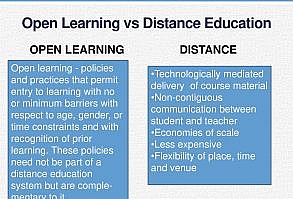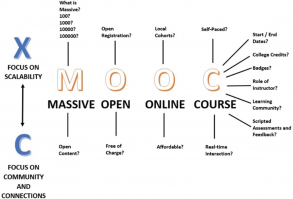Online assessment or examination is central to distance education. It is one of the hot topics to be discussed by field experts as many get confused about how to evaluate and assess students’ performance in distance education programs. Institutions were thinking about innovative ways to prevent cheating as students are not physically in a classroom, which is easy to handle. Students naturally could manipulate the examination event due to being far away from the instructor and getting access to multiple resources at no cost. This, however, could be minimized or reduced by implementing a set of strategies that are likely to increase security through technological affordances.
Reduce cheating in online assessment
- Design and develop basic password certificates based on authentication methods (Schnipke & Scrams, 2002).
- Use sophisticated biometrics to identify users, so that a friend cannot take an exam for another
- Stagger the time of assessments or randomly sequence exam questions (Olt, 2002).
- Design exams with conditional branching—where an exam moves to a different question based on a certain answer or condition being met.
- Copy and paste essays into a Web-based search engine to determine authorship.
- Pose questions that relate to specific and unique course events, as opposed to general concepts, as deterrents to plagiarism.
- Use plagiarism detection websites such as Turnitin.com
- Assign different examination questions to different students.
- Use a range of assessment formats
- Use improved facial recognition software to help authenticate the identity of the test taker.
- Employ a computer-based system virtual proctoring system that installs a proctor (a camera) at each computer workstation to monitor that learner throughout the exam.
Please feel free to contact me if you need any further information.





